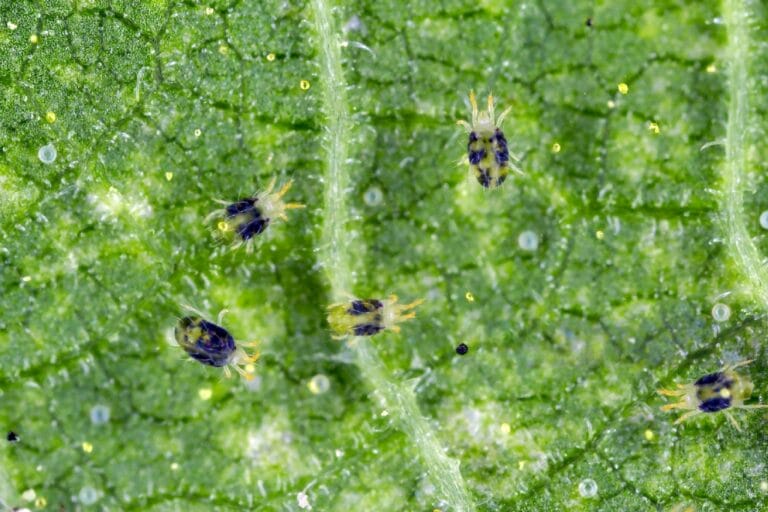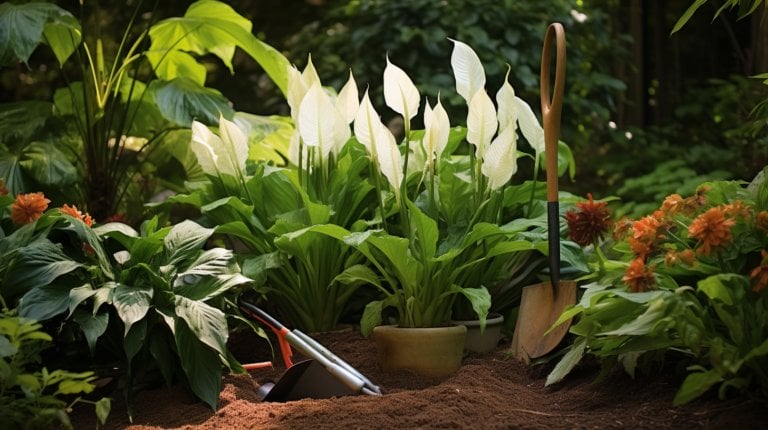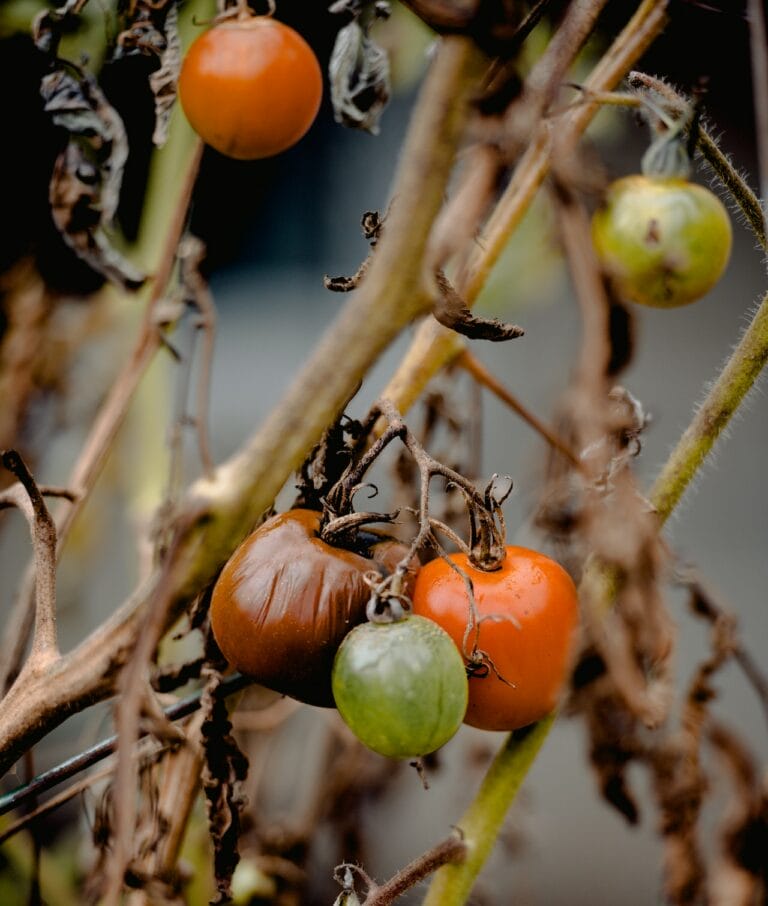Flower Bulb Identifier: Your Guide to the World of Bulbs, Tubers, and Corms in 2024.
Frequently, the success of a gardener is concealed beneath the soil, in the unassuming form of bulbs, tubers, and corms. The ability to identify and nurture these underground treasures is essential.
Our journey through gardens far and wide has highlighted the importance of proper identification, and we’re here to share our knowledge. Elevate your garden’s beauty as we unveil the nuances and expert advice that can help your garden reach its full potential.
Key Takeaways
- Accurate identification of flower bulbs is crucial for proper planting and care.
- Understanding the specific needs of each bulb type promotes optimal growth and flowering.
- Different types of bulbs require varied planting times for continuous blooming.
- Flower bulb identifier apps and tools can enhance the gardening experience.
Introduction to Flower Bulb Identification
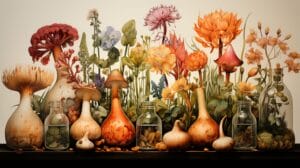
Identifying flower bulbs accurately is vital for gardeners to ensure the right care for these underground gems. It’s not just about recognizing which bulb becomes a tulip or daffodil; it’s about understanding each type’s specific needs for optimal growth and flowering. By familiarizing ourselves with bulb identification nuances, we can create a vibrant, flourishing garden.
An In-depth Look at the Different Types of Flower Bulbs

True bulbs, like tulips and daffodils, have a layered structure with a central bud. Corms, such as gladiolus, are a solid mass with a basal plate. Tubers, like dahlias, are thickened stems with growth points, while rhizomes, like irises, are horizontal stems that grow near the soil surface. Understanding their differences aids in identification and informs proper planting and care.
Tips for Identifying Specific Flower Bulbs
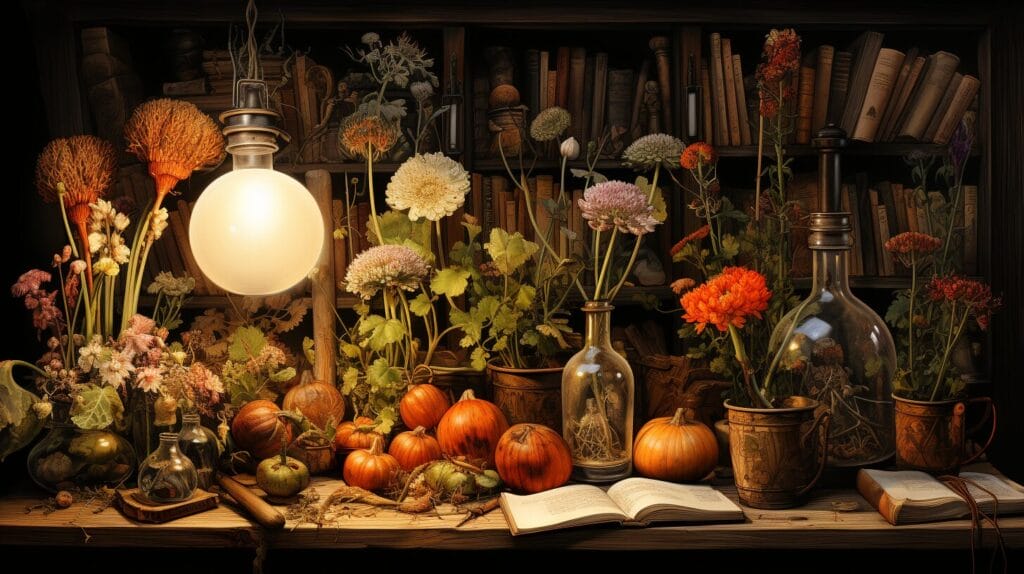
To identify flower bulbs, examine physical features, bloom seasons, and unique scents and leaf structures. Tulip bulbs are typically rounded with a pointed top, while daffodil bulbs are elongated with a papery covering. Season of bloom and plant characteristics like scent and leaf structure also provide identification clues.
The Process of Planting and Growing Bulbs After Identification

Once you’ve identified your flower bulbs, understand their specific planting and care requirements. Timing, planting depth, spacing, and post-blooming care are crucial for a successful bloom. These guidelines help give bulbs the best start for stunning yearly displays.
Utilization of Flower Bulb Identifier Apps and Tools
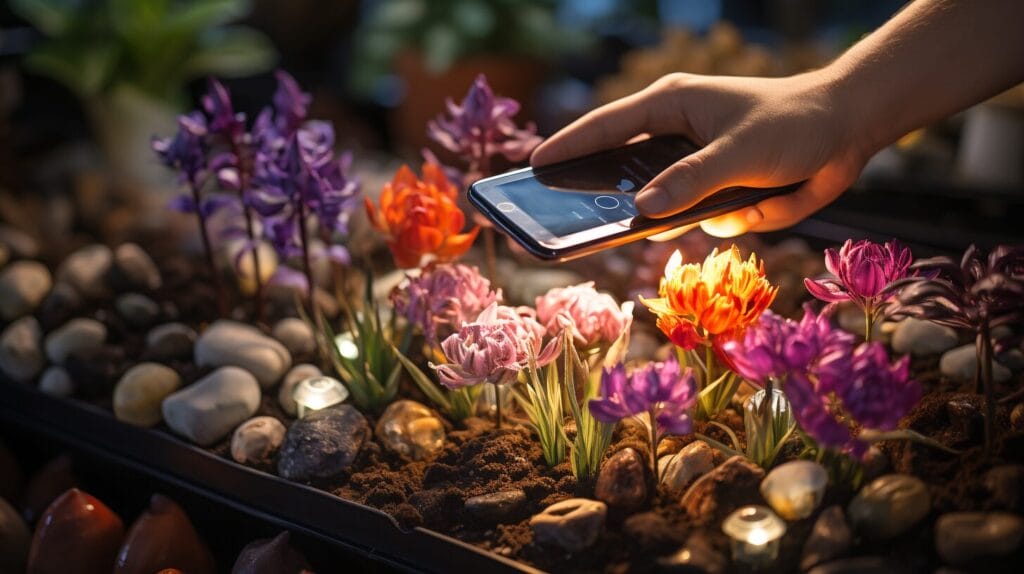
Flower bulb identifier apps and tools offer a swift way to recognize and learn about bulbs using a smartphone. These user-friendly apps save time, ensure accuracy, and provide care instructions, enhancing the gardening experience.
| Aspect | Manual Identification | Identifier App | Result |
|---|---|---|---|
| Time Efficiency | Time-consuming | Quick results | App is faster |
| Accuracy | Prone to errors | High accuracy | App is more reliable |
| Knowledge Required | Extensive | Minimal | App simplifies process |
Can Certain Bulbs or Corms Benefit from Being Planted Alongside Cucumbers and Tomatoes?
Certain bulbs or corms can benefit from planting cucumbers and tomatoes together. Plants like marigolds, nasturtiums, and onions can act as natural pest deterrents, protecting the cucumber and tomato plants from harmful insects and diseases. This companion planting strategy can improve overall garden health and productivity.
Conclusion
Our exploration of bulbs, tubers, and corms, equipped with ‘Flower Bulb Identifier’ insights, prepares us to transform our gardens. With newfound knowledge, we plant with confidence and watch our floral dreams flourish. Let’s grow, identify, and cherish our blooming paradise. Happy gardening—our horticultural adventure has blossomed.
Frequently Asked Questions
Do You Identify Bulbs and Corms?
Identify bulbs by their layered scales and corms by their solid stem base, each with distinctive growth cycles.
What Is the Difference Between Bulbs, Tubers, and Corms?
Bulbs are layered, corms are solid with a tunic, and tubers are thickened stems, each with unique energy storage for the plant.
How Do I Identify a Flower Bulb?
Identify a flower bulb with a flower bulb identifier by its shape, size, and basal plate, as well as by fleshy scales or a papery covering.
What’s the Difference Between a Bulb and a Tuber?
Bulbs are layered with scales, while tubers are swollen stems or roots, each with specific planting and growth requirements. Flower bulb identifiers can give more specific details.


